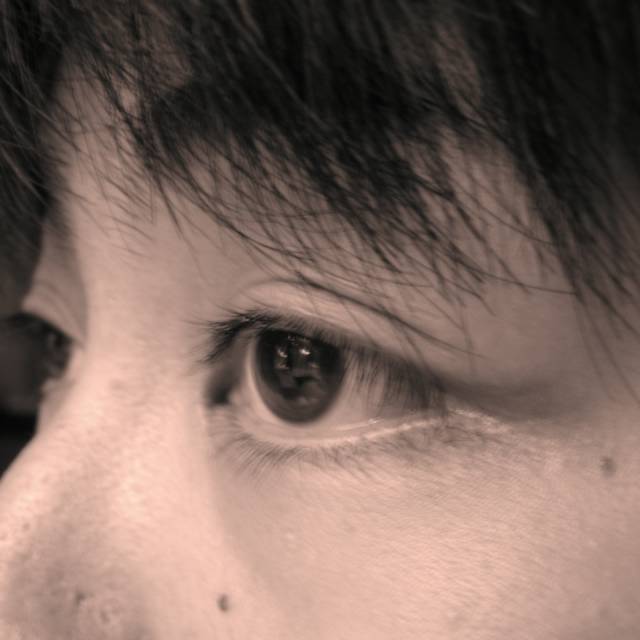Gunther von Hagen's "Body Worlds": belated overview
What feels like a long time ago, yet still only a bit more than a week ago, I went to see Gunther von Hagen's "Body Worlds," on its last day in Chicago. It was definitely a world of bodies--not dead, plasticized ones, but curious, increasingly tired, living bodies filling up the huge exhibition space, leaving literally no open space. It was incredibly crowded. We wait about 25 minutes before our ticket time was called (15 minutes late). We took an escalator upstairs. There was a line, far longer than the one we just escaped. The same kind of densely packed winding line you see in the security check points of airports these days. We moseyed ahead, spending about 20 minutes. When we entered through a gate, we found still other line behind the partition (clever tactics on the part of the MoSI). We spent about an hour in total to go through the rotating gate into the exhibition hall, where, again, we found separate lines to actually see the bodies and body parts on display up close. "There's really no meaning to this timed ticket system! There's no way they can pack more people in here," I heard somebody exclaim, as I spent leisurely 5 minutes to examine a skinned, happily grinning, dancing comedian (with his muscles flying around in all directions). It was worse than exhausting: most visitors were too tired to see anything by the time they reached the mid-point. (Therefore, the latter half of the exhibit, where more graceful figures were displayed, was relatively empty and quiet, utterly unappreciated.) Though I might not have been the best visitor to judge, since I was still slowly recovering from a bad cold I had caught a few days ago, my company of totally healthy individuals had a lot to complain.
Despite all the controversy surrounding the exhibit, I didn't find the dead human bodies disturbing in any way--except for those of embryos, for reasons I will specify in the next post. I expected that it would require a little mental effort to suppress the visceral disgust at the sight of treated corpses to fully appreciate the intricacy of their construction and the technology used to preserve them in such a way. Instead, I didn't have to try to forget the fact that they are indeed real--somehow, the bodies had been stripped of their reality during the process of plastination and marketing. They appeared (physically and emotionally) nothing more than a set of incredibly well-made model, a dozen notches above the ones slowly dusting in the dimness of the science stock room. The transparent slices of the bodies felt nothing more than a piece of crystal with beautiful pattern inside. Like the factory-packaged cuts of beef, neatly sealed (even with a diaper to soak up the bloody drip) and arranged in supermarket cooling cases, the bodies were devoid of factors to incite emotion.
The undertone of the exhibit was that of the infamous "health and hygiene show," a ubiquitous, itinerant show of pickled body parts infected with unspeakable diseases and preserved embryos with severe deformation, often held in a shabby tent as a part of seasonal fairs, very popular in late 19th and early 20th century in Japan (and possibly many other parts of the world as well). Under the guise of educational and scientific purposes, the driving force of these exhibits were bare curiosity to sneak a look at the horrific taboo. In this era of ostensible absence of bodily taboos, the Body Worlds still had the similar feel, with its overwhelming emphasis on bodies and body parts, with very few explanatory plaques and supportive artifacts to illustrate the build and the works of the human body. "This is how it looks. Isn't that great?" was the message. The main focus of the Body Worlds seemed to be on the amazement at the beautifully preserved muscles, blood vessels, and nerve systems. It seems to be still too early for the novelty of the technology to sink in and to be ready to be used for truly scientific and educational purposes, combined with other measures of illustration.
Overall, the exhibit was worth visiting (despite the exhausting congestion). It was, however, not because of its scientific virtues but the storm of rich social and historical issues it raised in my brain. For $16, the experience could have been more comfortable, but then again, we should have visited it earlier, not on its last day, which is so obviously doomed to be super-crowded.



0 Comments:
Post a Comment
<< Home